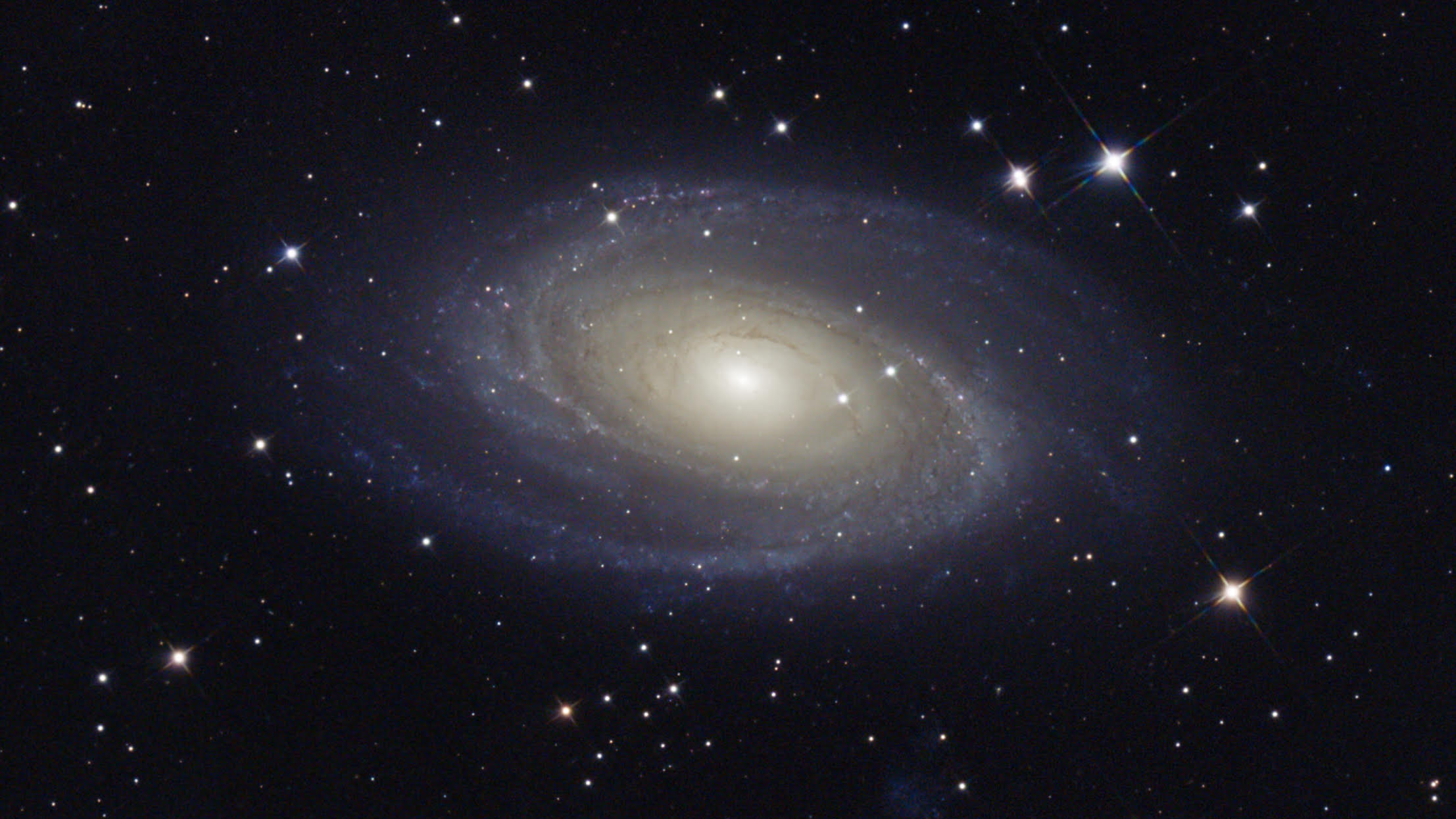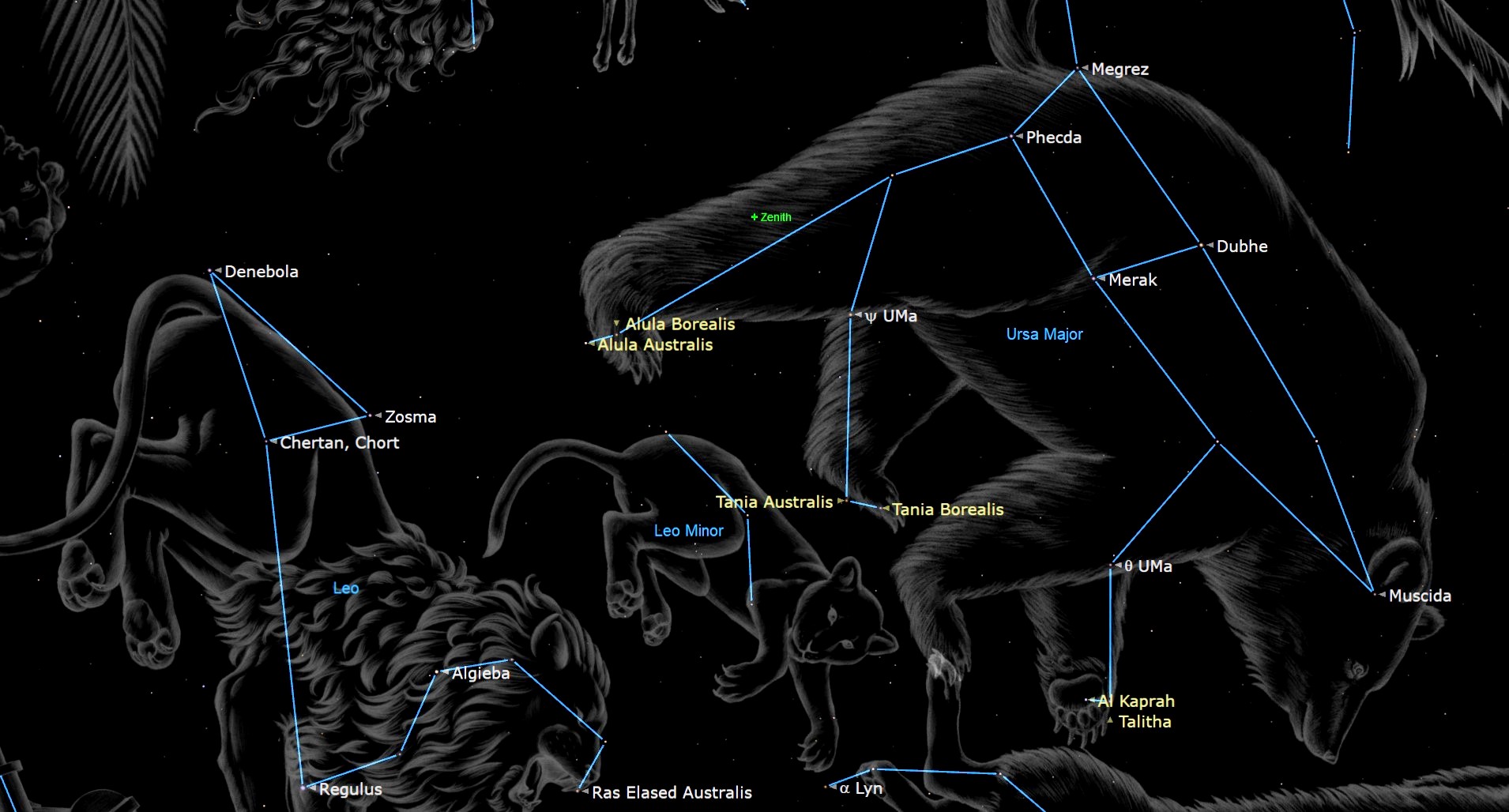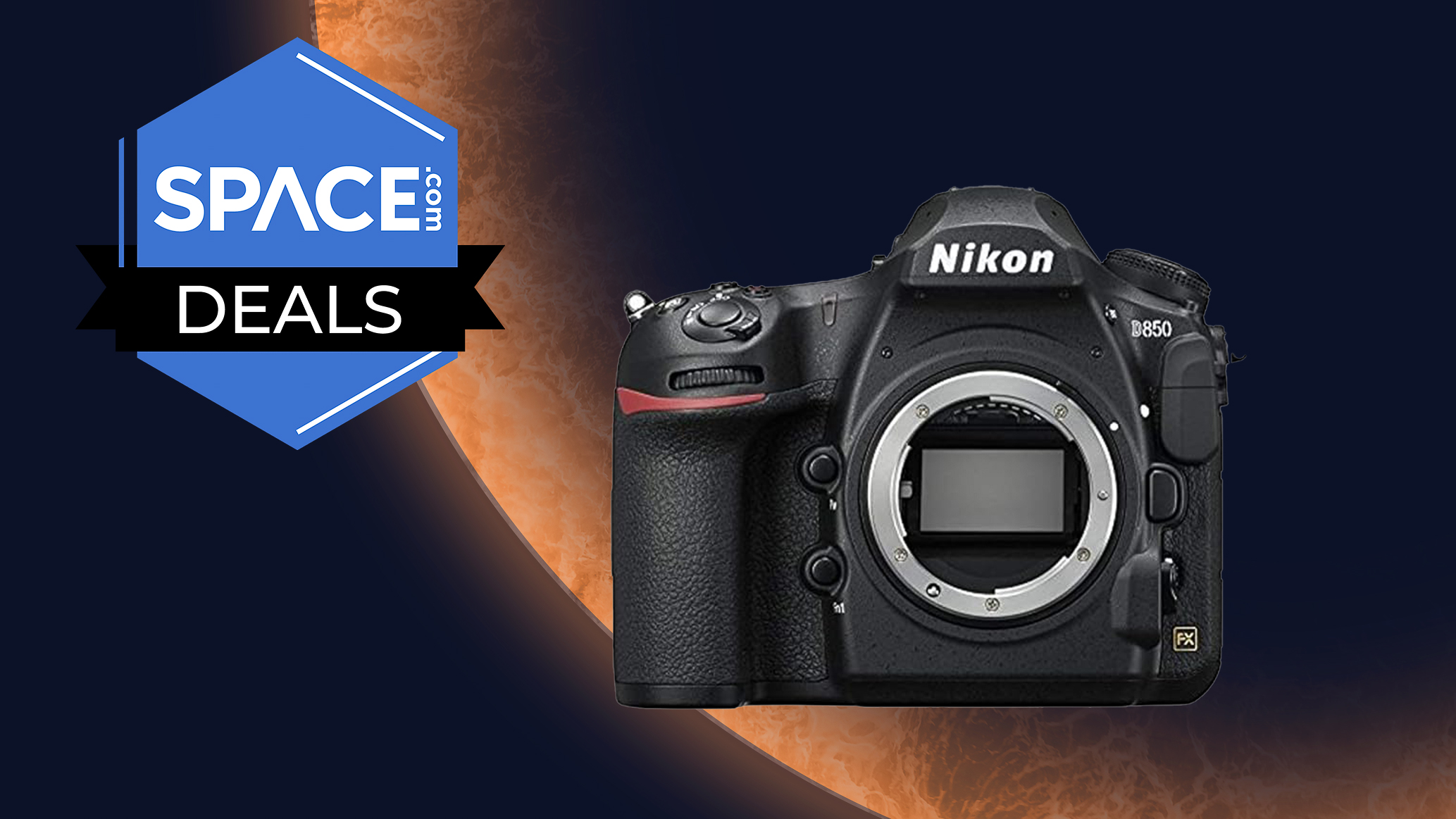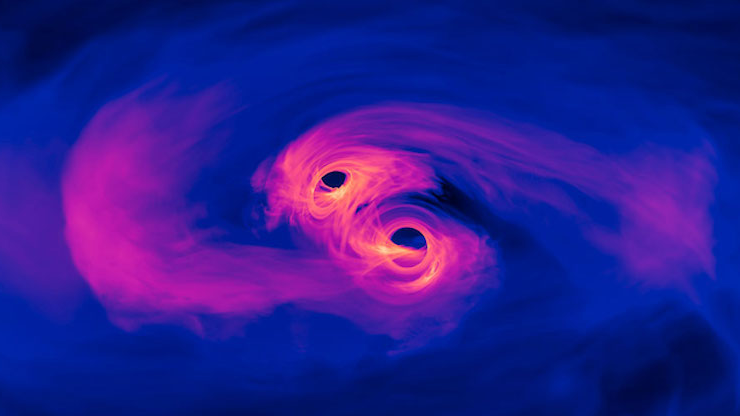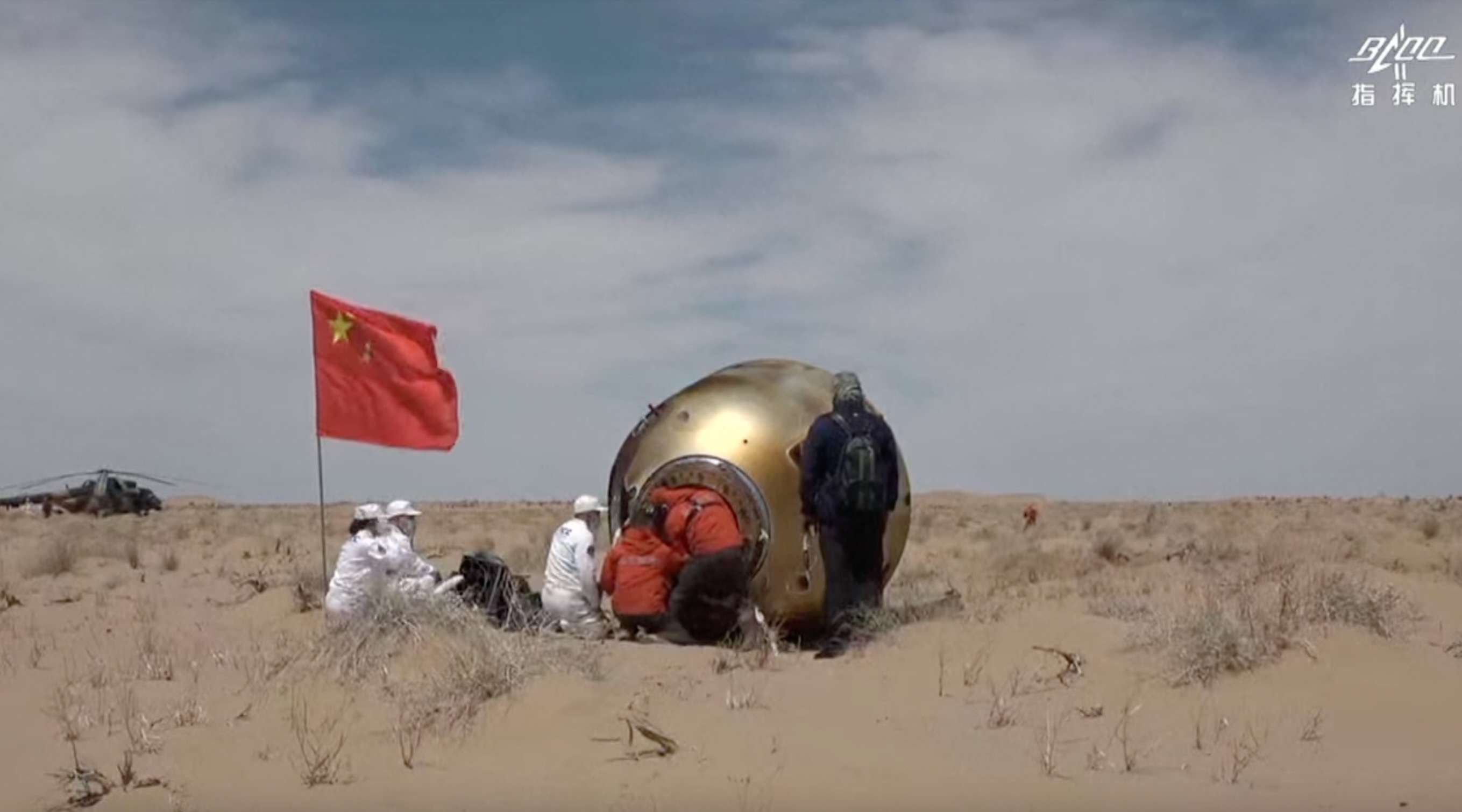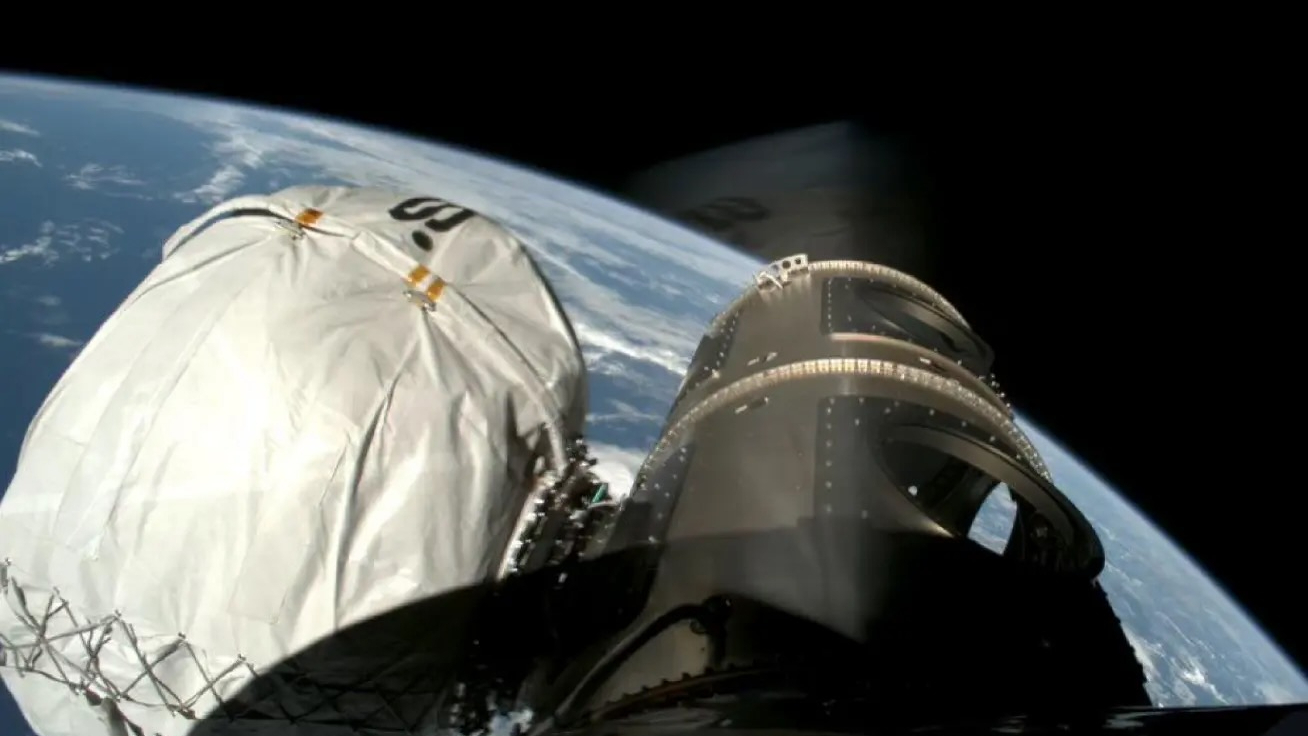This NASA 'lunar backpack' will help Artemis astronauts explore the moon
As Artemis astronauts walk on the moon, these NASA backpacks will chronicle lunar features in context.

As future Artemis astronauts explore the moon, a new high-tech backpack will assist their mapping as they step into the unknown.
NASA does have high-definition lunar maps of the surface, from orbit, to assist in landing activities. But ground surveys of the moon will need a helping hand to assist astronauts with selecting rocks for samples and putting them in their geological context.
To do so, NASA has invented the Kinematic Navigation and Cartography Knapsack (KNaCK). The backpack will use lidar, or light detection and ranging laser light, to generate centimeter-level 3D maps of the moon's surface as Artemis program astronauts do their activities. Lidar will especially be a benefit even in low lighting conditions such as what astronauts will encounter near the south pole, their planned landing zone.
"The sensor is a surveying tool for both navigation and science mapping," KNAcK project leader Michael Zenetti stated of the backpack in a NASA statement. Zanetti is a planetary scientist at NASA’s Marshall Space Flight Center in Huntsville, Alabama.
KNAcK's work not only places local features into a larger geologic context, but also will assist with astronaut safety, he said. With no GPS within range to map features, the backpack will show actual distances to landmarks, which was something that bedeviled astronauts during the Apollo surface missions of the 1960s and 1970s.
The backpack can even mark features for astronauts to return to later, much like geocachers do for fun using GPS satellites on Earth.
Related: NASA's Artemis 1 moon mission explained in photos
Get the Space.com Newsletter
Breaking space news, the latest updates on rocket launches, skywatching events and more!

KNaCK, in consultation with vendor Aeva Inc. of Mountain View, California, has been field-tested on Earth. Projects it has worked on include mapping dunes near NASA's Kennedy Space Center in Florida, and exploring an ancient volcanic crater at Kilbourne Hole, New Mexico.
Zanetti says the backpack still has developmental issues to address, however, before it takes off for moon missions. The rig will need to be smaller and less massive yet than its current mass of 40 pounds (18 kg), and the electronics are not quite strong enough to withstand solar radiation nor lunar gravity conditions.
The aim is to eventually make the backpack about the size of a soda can, Zanetti said, for a more flexible set of deployments. Astronauts could place it on the side of their helmets, or stack it onto a rover, as they do their excursions.
While a new field test is planned at Kilbourne Hole in late April, NASA has not yet disclosed when the backpack would be ready for lunar missions. The first lunar landing excursion, Artemis 3, will take place in 2025 or 2026, NASA has said.
Follow Elizabeth Howell on Twitter @howellspace. Follow us on Twitter @Spacedotcom and on Facebook.
Join our Space Forums to keep talking space on the latest missions, night sky and more! And if you have a news tip, correction or comment, let us know at: community@space.com.

Elizabeth Howell (she/her), Ph.D., was a staff writer in the spaceflight channel between 2022 and 2024 specializing in Canadian space news. She was contributing writer for Space.com for 10 years from 2012 to 2024. Elizabeth's reporting includes multiple exclusives with the White House, leading world coverage about a lost-and-found space tomato on the International Space Station, witnessing five human spaceflight launches on two continents, flying parabolic, working inside a spacesuit, and participating in a simulated Mars mission. Her latest book, "Why Am I Taller?" (ECW Press, 2022) is co-written with astronaut Dave Williams.


